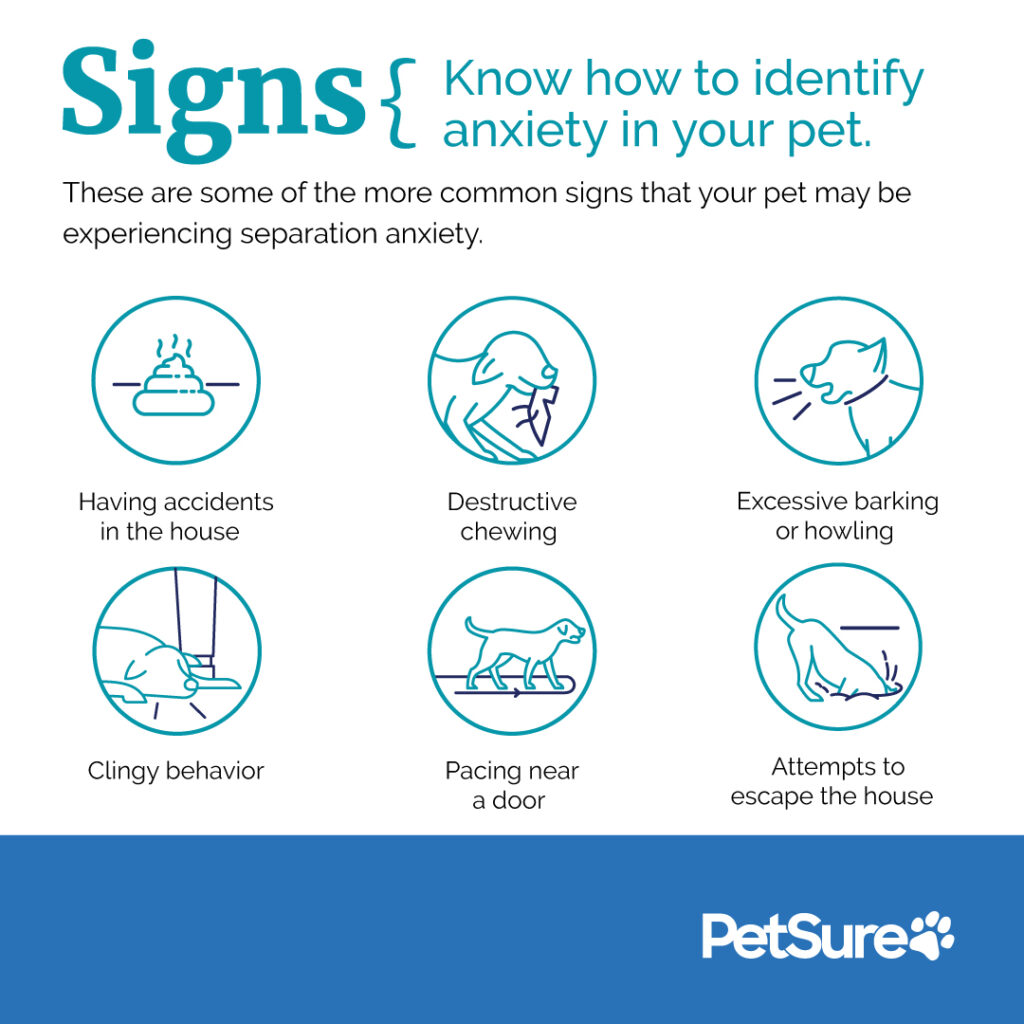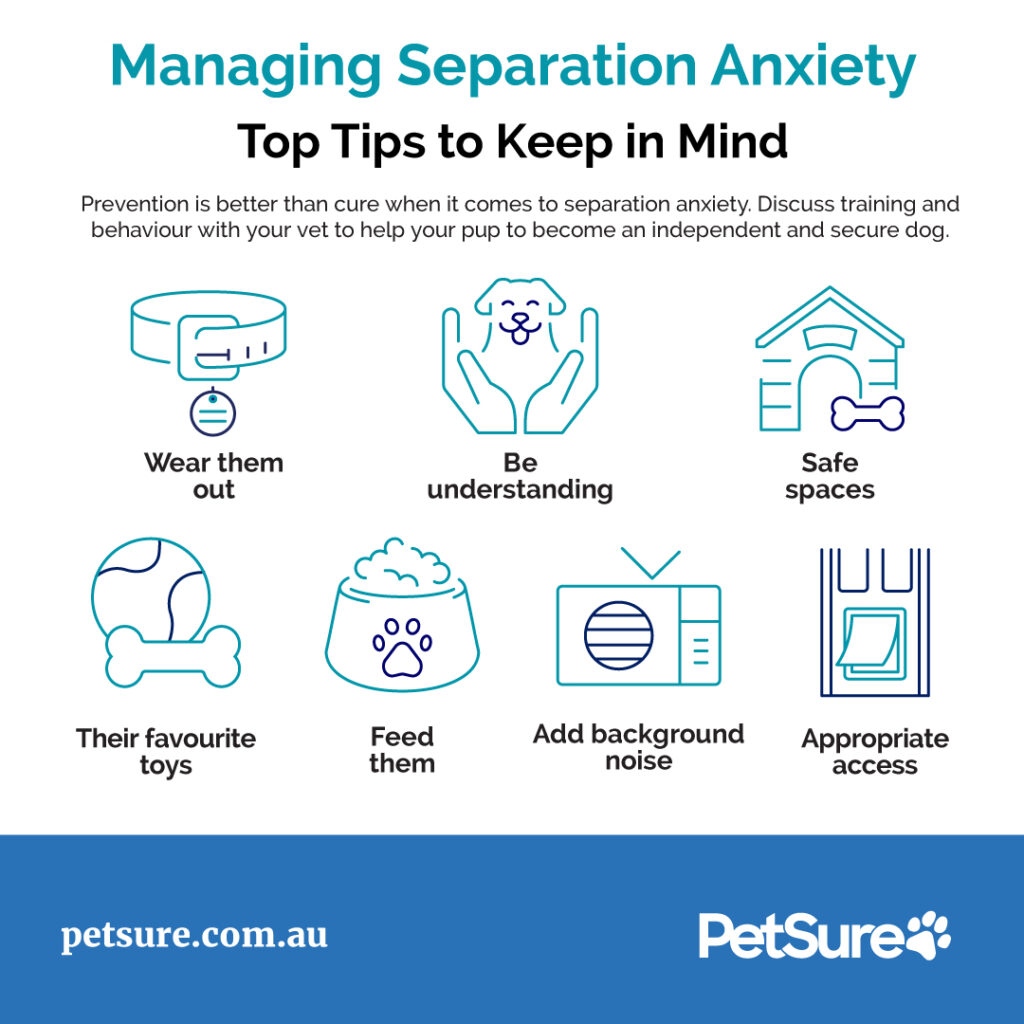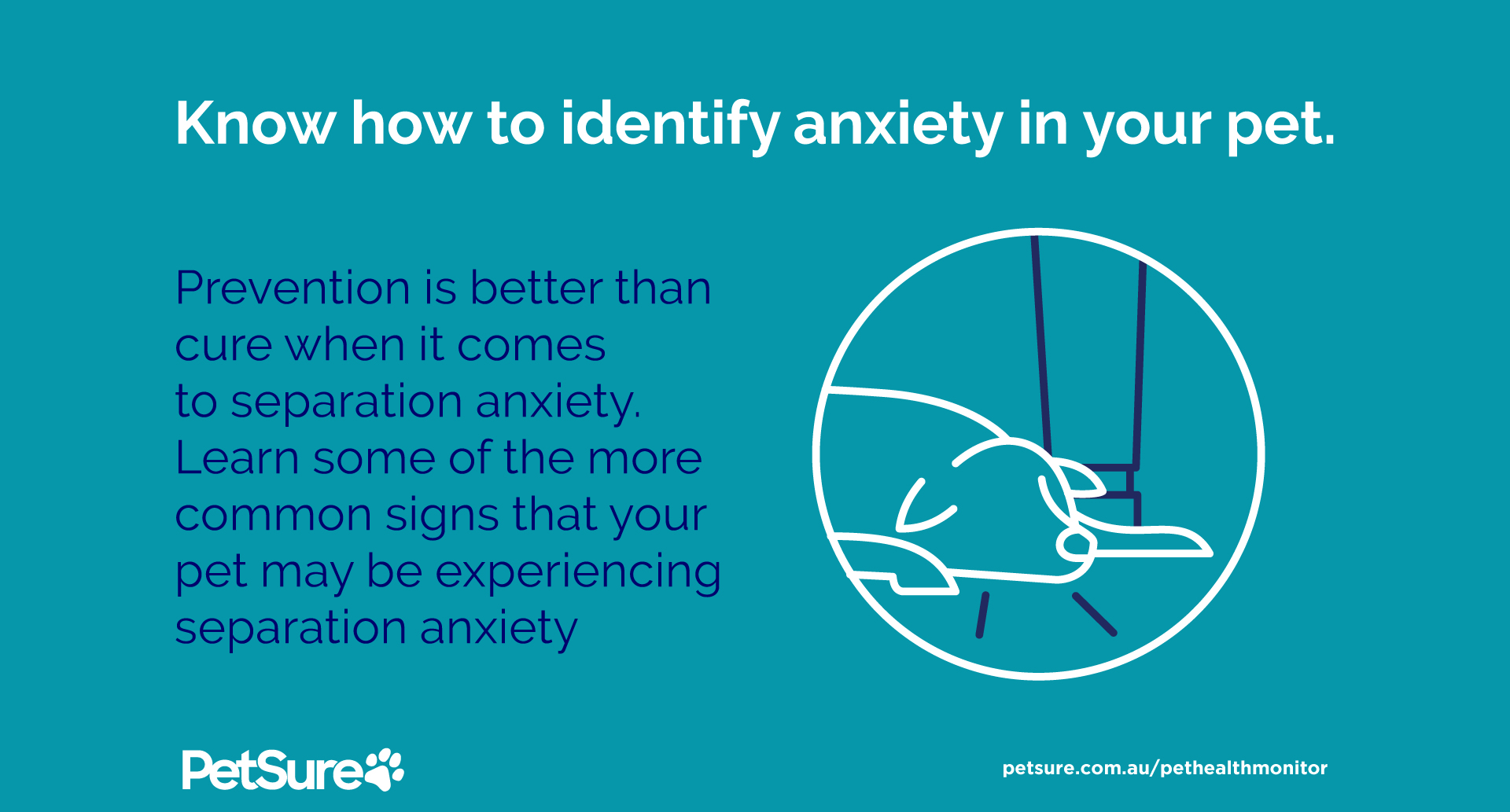For some dogs, being left alone can be distressing, which can result in them suffering from anxiety known as ‘separation anxiety’ which can severely affect a dog’s ability to enjoy life.
Pandemic lockdowns meant that some puppies missed out on vital socialisation experiences, which
can contribute to behavioural problems including separation anxiety. This may even be contributing to
the increased numbers of pets being surrendered to animal shelters recently. According to the RSPCA,
in March 2022, around 50 dogs per month were surrendered, with this figure increasing after Christmas.
Separation anxiety in dogs
Before your vet diagnoses your dog with separation anxiety, they will seek to rule out any other medical or behavioural issues that may present with or cause symptoms similar to separation anxiety. The vet will often start by reviewing your dog’s medical history and performing a physical examination. A blood sample is taken to assess the patient’s general health and suitability for medication.
Treating separation anxiety can be complex, particularly when the anxiety is occurring when you’re
not home to observe and act on it. Sometimes a combination of training and medication is required.
What about medication?
Medication can be used to help dogs with extreme distress and to give dogs the opportunity to learn new behaviour. Pheromone diffusers can help some dogs feel more calm. Talk to your behavioural veterinarian about the best options for your dog.
How much does it cost to treat?
2022 PetSure data shows the average specialist behavioural consultation is around $250, with the highest specialist behavioural consultation fee of $970. Medical management, training and behavioural therapy will incur additional costs.
To understand if pet insurance provides benefits towards behavioural conditions, please refer to the Product Disclosure Statement including any applicable policy terms and conditions.
Signs – how to identify anxiety in your pet
Some of the common signs that your pet may be experiencing separation anxiety include:
- Having toilet accidents in the house
- Destructive chewing
- Excessive barking or howling
- Clingy behaviour
- Pacing near the door
- Attempts to escape the house

Top breeds experiencing separation anxiety
According to 2022 PetSure data, behavioural disorders, including separation anxiety, may be more prevalent in the following dog breeds:
1. Italian Lagotto Romagnolo
2. Miniature Bull Terrier
3. Dalmatian
4. Hungarian Vizsla
5. Bull Terrier
6. Swiss Shepherd
7. Weimaraner
8. Airedale Terrier
9. German Shepherd
10. West Highland White Terrier
Prevalence = Total number of unique claiming pets / total number of insured pets across 12-month period. Excludes breeds with less than 500 active pet insurance policies.
Managing Separation Anxiety
Tips to keep in mind
Prevention is better than cure when it comes to separation anxiety. Discuss training and behaviour with your vet to help develop techniques for your pup to become an independent and secure dog.
Discuss training and behavior with your vet to help develop techniques for your pup to become independent.
- Wear them out: Exercise may benefit dogs with separation anxiety as it can help reduce stress and provide mental stimulation.
- Safe spaces: Make sure they have access to their bed, crate or whatever spaces in the house they claim when they want to curl up and rest.
- Enrichment with toys: Dogs should have access to environmental enrichment which may include puzzle toys to keep their minds active.
- Turn on some background noise: Music, white noise or television noise may help dogs with separation anxiety.
- Indoor and outdoor access: Access to indoors & outdoors can help some dogs, so consider installing a doggy door

Pet insurance can help by covering a portion of the eligible vet bill if the unexpected happens. Because it is difficult to predict the costs of veterinary care, it can help to have measures in place to help prepare for the unexpected. Check out our partner network and explore our policy tools to find a pet insurance policy.
Not all conditions or items are covered by Pet Insurance. Refer to the applicable Product Disclosure Statement for information about coverage and exclusions.



 Fact checked
Fact checked





